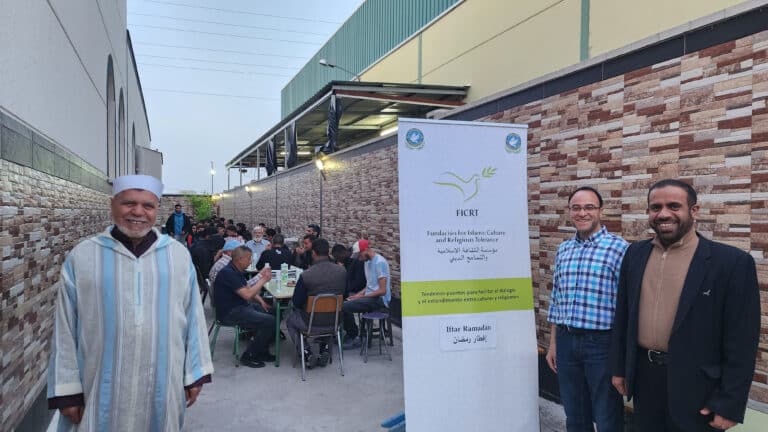Since its configuration in the Middle Ages, the Camino de Santiago has been an important way of meeting and crossroads between cultures. Different historical routes have built bridges between different parts of our world and Santiago de Compostela, being particularly outstanding the one known as “the French Way”, which links Roncesvalles with Santiago and crosses what were the capitals of some of the most important medieval kingdoms of the peninsula, Pamplona, Burgos and León. Its route is dotted with some of the most outstanding monuments of the vast Spanish heritage, such as the cathedrals of Jaca (Huesca), Santo Domingo de la Calzada (La Rioja), Santiago, Burgos and León or the church of San Martín de Frómista (Palencia).
The history of the Camino is marked by its pilgrims, those who today and yesterday have directed their steps towards the tomb of the Apostle, as did in the tenth century the king of Asturias Alfonso II, who is considered the first pilgrim to Santiago. The different languages, ethnicities and cultures of the pilgrims on their way to Santiago have made the Jacobean Route an important cultural and intellectual meeting point throughout its history. Codex CalixtinusIn the 12th century, philosophy has flourished and artistic styles such as Romanesque and Gothic have expanded. For all these reasons, the Way of St. James – which has been a UNESCO World Heritage Site since 1993 – is one of the most outstanding testimonies of the culture of tolerance in our history.
To reflect on and extol the richness of the Jacobean Routes, between June 3 and 5 the Xacobean Academy has organized the Congress “Roads of Santiago” in the historic Fonseca College of the University of Santiago de Compostela.
Throughout the meeting, which was officially inaugurated by HM King Felipe VIdifferent realities and views on this path of tolerance and encounter that has been the Jacobean Route since its origins were addressed: the importance of the Camino for the construction of Europe, in the heritage, in the landscape, the testimony of pilgrims and travelers such as the pilgrims and travelers who have been on the route since the beginning of the Jacobean Route. Jerome Münzerwho visited Santiago de Compostela in the 15th century, or the relationship between the road and health.
On June 3, the FICRT was invited to participate in the roundtable discussion “The road: intercultural experience and metaphor of life”.The meeting was an opportunity to discuss the constant encouragement that the Camino de Santiago has given to tolerance and intercultural dialogue in Spain, an endeavor to which the FICRT has also contributed since its foundation.
During his speech, the president of the FICRT stressed that the Camino de Santiago as a “metaphor for life”, an image proposed as the title of the round table, “It picks up that etymological sense of the metaphor as displacement or transfer, a figure of speech that we are assimilating path and life, and in that translation underlies the idea of the journey as an experience. We, also from the Foundation, through our program of cultural exchanges between researchers from Spain and the United Arab Emirates and activities based on the knowledge of the other from the richness of diversity, consider that this Congress contributes decisively to show the role of the Jacobean in the creation of a global space of tolerance that has a proven experience of more than 1,200 years”.







